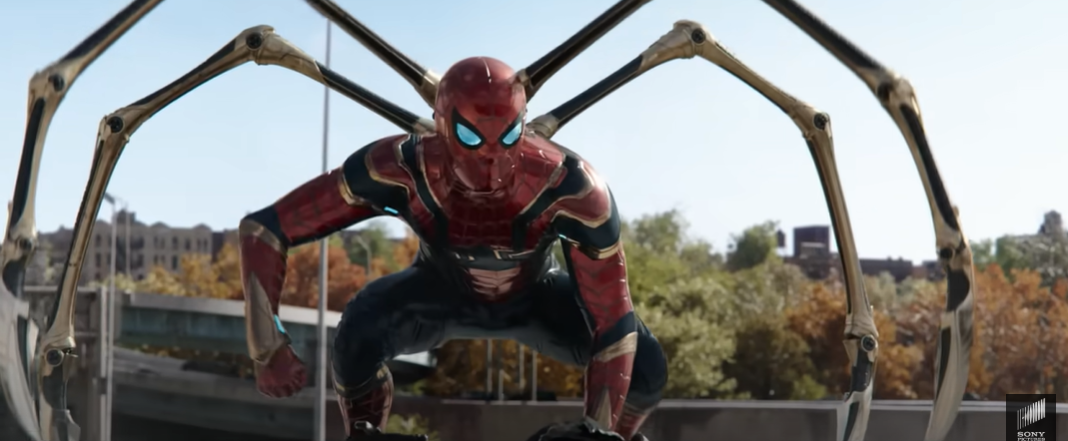- Tubelator AI
- >
- Videos
- >
- News & Politics
- >
- America’s Big Chipmaking Blunder: How the US Missed Out on Critical Technology
America’s Big Chipmaking Blunder: How the US Missed Out on Critical Technology
Explore the story of the extreme ultraviolet lithography (EUV) machine and how the US failed to secure these critical chipmaking devices, impacting the global economy and technological advancement. Discover the implications of this blunder on America's competitiveness and its reliance on foreign suppliers for crucial semiconductor technology.
Video Summary & Chapters
No chapters for this video generated yet.
Video Transcript
This is arguably the single most important machine in the world right now
technologically, economically and geopolitically.
Without it, the global economy would slow, the pace of technological advancement would stutter.
They cost 200 million dollars each and of the 200 or so that exist today,
just a handful are on US soil.
What's more, successive US administrations have had to scramble to ensure that none are sold into China.
And that's despite the fact that much of the early work on the technology originated in the US.
This is a story about where physics meets business and has a massive impact on the world's economy.
So how did the United States manage to miss out on this colossally important piece of tech?
It's called an extreme ultraviolet lithography or EUV machine
and it produces the world's most advanced semiconductors.
EUV technology is the only reason that we have iPhones that are as fast as they are.
the reason that we have this AI revolution with chatbots and chatgpt.
The device has turned the only...
company that produces it, the Dutch firm ASML, into Europe's biggest technology firm.
Lithography is how circuit patterns are engraved onto chips.
This is a very, very important part of the process of making semiconductors.
The scale of extreme ultraviolet lithography machines is mind-boggling.
Each device is the size of a bus, but is designed to etch patterns onto chips
that are billionths of a metre across.
How they do so is a remarkable feat of engineering.
A high-powered laser is fired at a tiny target of tin droplets about 50,000 times a second.
That creates a plasma that emits extreme ultraviolet light which has a wavelength of 13.5 nanometers.
This light doesn't occur naturally on Earth, in fact it's absorbed by most materials,
including air.
So the whole process is conducted in a vacuum and a series of mirrors reflect and focus
the EUV light.
Each mirror is coated in layers of molybdenum and silicon and polished to a smoothness of
less than one atom's thickness. That's important because any blemish reduces the
quality of the chips being produced.
Midway through this process...
the EUV light is reflected by a reticle that contains the pattern of the circuits that are to be etched onto the chip.
These are then reflected and focused even more to make the pattern even tinier before hitting the silicon wafer.
Each wafer is etched with billions of such patterns.
The problem was it's so difficult to do.
The semiconductor industry is always racing to make things smaller and its ability to keep doing that helps the global economy keep growing.
Now, some of the layers of materials that go into making semiconductors are one atom thick.
You don't get thinner than one atom.
Semiconductors eventually faced a problem where they were really getting to the limits of the physics.
In the 1980s, scientists started to think that EUV light might be the best way to get to that atomic level.
The US government, through what are called the National Labs, has always been helpful to the semiconductor industry
at sort of underwriting some of these fundamental advances.
In fact, the Department of Energy ended up putting tens of millions of dollars into EUV
research at three labs across the UK.
the US. To make the jump from research to reality, an alliance was formed with companies
including Intel, AMD and Motorola. They'd match any government spending. In 1999, a
little-known Dutch lithography company called ASML joined too.
Remember that in the 1990s, the Japanese were a major threat to US dominance of the chip
industry.
The US government threw its weight behind ASML over the Japanese companies who were
Video Summary & Chapters
No chapters for this video generated yet.
Video Transcript
This is arguably the single most important machine in the world right now
technologically, economically and geopolitically.
Without it, the global economy would slow, the pace of technological advancement would stutter.
They cost 200 million dollars each and of the 200 or so that exist today,
just a handful are on US soil.
What's more, successive US administrations have had to scramble to ensure that none are sold into China.
And that's despite the fact that much of the early work on the technology originated in the US.
This is a story about where physics meets business and has a massive impact on the world's economy.
So how did the United States manage to miss out on this colossally important piece of tech?
It's called an extreme ultraviolet lithography or EUV machine
and it produces the world's most advanced semiconductors.
EUV technology is the only reason that we have iPhones that are as fast as they are.
the reason that we have this AI revolution with chatbots and chatgpt.
The device has turned the only...
company that produces it, the Dutch firm ASML, into Europe's biggest technology firm.
Lithography is how circuit patterns are engraved onto chips.
This is a very, very important part of the process of making semiconductors.
The scale of extreme ultraviolet lithography machines is mind-boggling.
Each device is the size of a bus, but is designed to etch patterns onto chips
that are billionths of a metre across.
How they do so is a remarkable feat of engineering.
A high-powered laser is fired at a tiny target of tin droplets about 50,000 times a second.
That creates a plasma that emits extreme ultraviolet light which has a wavelength of 13.5 nanometers.
This light doesn't occur naturally on Earth, in fact it's absorbed by most materials,
including air.
So the whole process is conducted in a vacuum and a series of mirrors reflect and focus
the EUV light.
Each mirror is coated in layers of molybdenum and silicon and polished to a smoothness of
less than one atom's thickness. That's important because any blemish reduces the
quality of the chips being produced.
Midway through this process...
the EUV light is reflected by a reticle that contains the pattern of the circuits that are to be etched onto the chip.
These are then reflected and focused even more to make the pattern even tinier before hitting the silicon wafer.
Each wafer is etched with billions of such patterns.
The problem was it's so difficult to do.
The semiconductor industry is always racing to make things smaller and its ability to keep doing that helps the global economy keep growing.
Now, some of the layers of materials that go into making semiconductors are one atom thick.
You don't get thinner than one atom.
Semiconductors eventually faced a problem where they were really getting to the limits of the physics.
In the 1980s, scientists started to think that EUV light might be the best way to get to that atomic level.
The US government, through what are called the National Labs, has always been helpful to the semiconductor industry
at sort of underwriting some of these fundamental advances.
In fact, the Department of Energy ended up putting tens of millions of dollars into EUV
research at three labs across the UK.
the US. To make the jump from research to reality, an alliance was formed with companies
including Intel, AMD and Motorola. They'd match any government spending. In 1999, a
little-known Dutch lithography company called ASML joined too.
Remember that in the 1990s, the Japanese were a major threat to US dominance of the chip
industry.
The US government threw its weight behind ASML over the Japanese companies who were


 Install Tubelator On Chrome
Install Tubelator On Chrome











